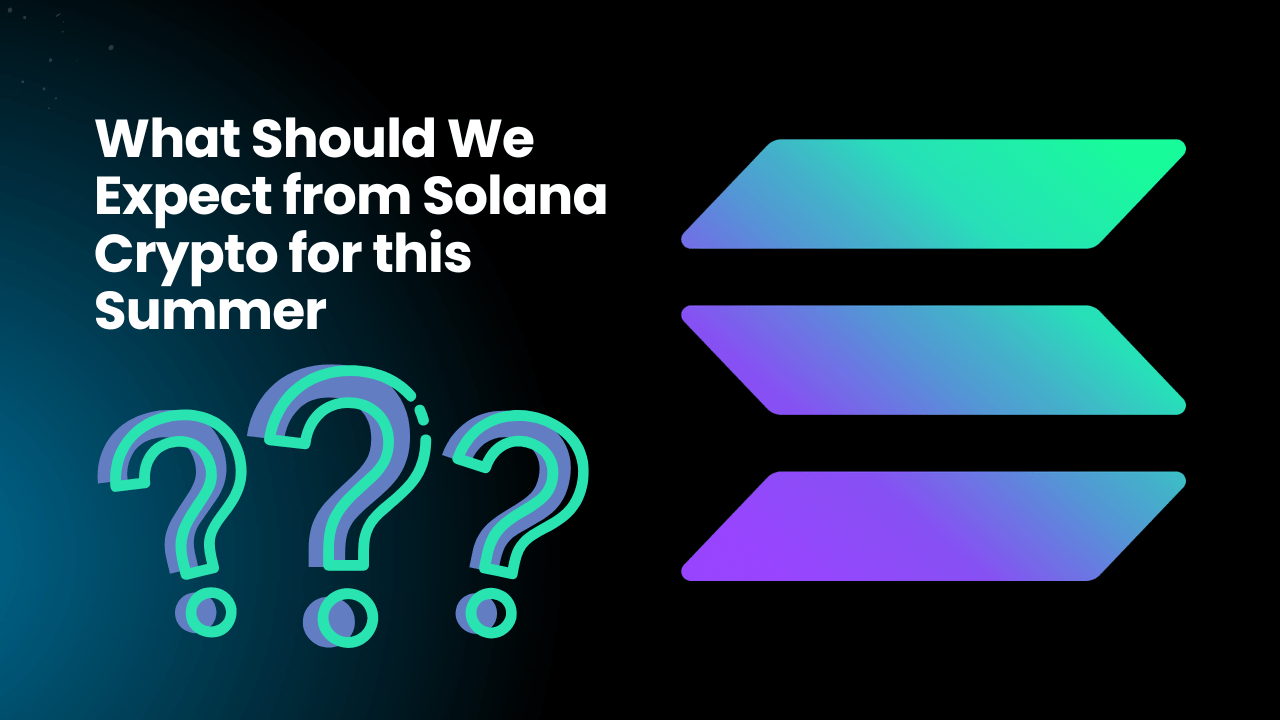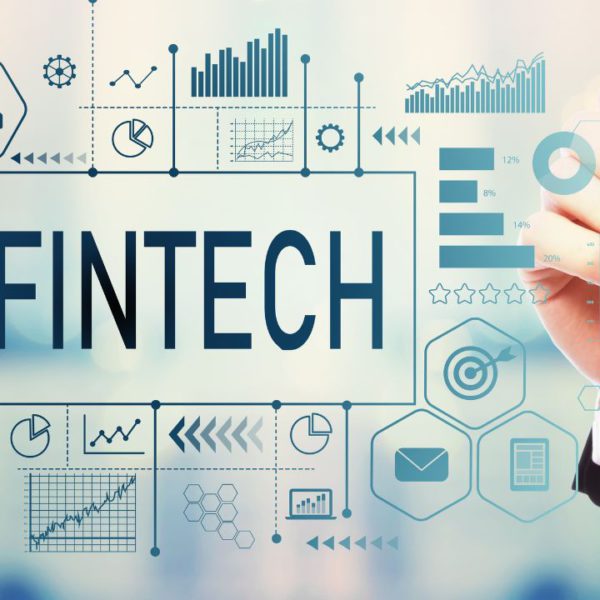One of the most intriguing coins on the market right now is called Solana. In recent months, it has experienced a striking increase in value, market valuation, and usage. Scalability, speed, and cheap costs are prioritized in Solana’s novel approach to blockchain technology, which has drawn both investors and coders. In this article, we will discuss what to anticipate from Solana Crypto this summer.
Table of Contents
The market performance of Solana
Solana has put up a strong showing in the market, with a market value of roughly $60 billion right now. Additionally, the cost has considerably risen, going from about $0.5 in February 2021 to more than $200 in November 2021. We can infer from Solana’s market performance that there is increasing interest in cryptocurrencies, and we can anticipate that this pattern will persist this summer.
Solana’s Metaverse’s launch
The opening of Solana’s Metaverse is among the summer’s most eagerly awaited activities. The Metaverse is a virtual atmosphere where people can communicate with one another in a made-up setting. With an emphasis on gameplay, social interactions, and decentralized finance, Solana’s Metaverse is anticipated to be among the most immersive and participatory virtual environments on the market. Many users and devs are anticipated to join the network after Solana’s Metaverse launches. As a result, the price of Solana coins will rise due to increased demand. Additionally, it will give developers new chances to create decentralized apps (dApps) on the network.
Decentralized finance (DeFi) ecosystem of Solana
One of the fastest-expanding DeFi ecosystems on the market, Solana’s offers a variety of apps that offer consumers a range of banking services. The Solana blockchain, which has quick transaction times and cheap transaction costs, is the foundation of Solana’s DeFi network. On the Solana blockchain, additional dApps are anticipated to debut this summer, offering customers even more DeFi services. The expansion of Solana’s DeFi network will boost demand for Solana coins and raise their cost.
Collaborations and integrations
Solana has partnered with a variety of blockchain-related businesses and initiatives, including Serum, Chainlink, and Audius. These collaborations have increased the use of Solana and its coins and given consumers access to a variety of products and services. We can anticipate Solana announcing more alliances and mergers this summer. These alliances will help spread the word about Solana and its coins and give users access to fresh services and programs.
Staking Solana
Staking is another essential feature of Solana that should be mentioned. Staking entails keeping and locking up Solana coins in order to support the network and receive benefits in return. Staking can increase the price of Solana by reducing the quantity of moving tokens, encouraging long-term investment, and securing the network. We can anticipate more users and speculators staking Solana coins this summer. Staking is approachable and lucrative for many users on Solana thanks to its cheap fees and quick transaction times.
Further encouraging investors to stake their Solana coins is the expectation that as the platform expands and draws more users and developers, the benefits of doing so will rise. Overall, staking Solana is a wonderful method to generate passive revenue and support the network. Long-term Solana owners should give it some thought.
The Solana roadmap
Solana has a detailed roadmap that explains its goals for the platform’s growth over the coming years. The plan involves the introduction of the Metaverse, expansion of the DeFi ecosystem, and creation of new platform features and apps. We should observe Solana making strides toward its plan objectives this summer. This will boost the demand for Solana coins and instill trust in the platform’s future among users and investors.
Possible difficulties for Solana
Although Solana’s future appears promising, there may also be difficulties the platform must overcome. Competition from other blockchain systems like Ethereum, Cardano, and Polkadot is one of the major difficulties. These platforms are well-liked in the cryptocurrency community and additionally provide quick processing times and cheap costs. Security presents Solana with another difficulty. The danger of security lapses and hacks rises as the platform expands and more users and coders sign up.
To safeguard the assets and data of its customers, Solana must make sure that its security methods are reliable and current. Additionally, the legal landscape for cryptocurrencies is still hazy in many nations, which may have an effect on Solana’s future adoption and development. To ensure conformance while also encouraging innovation and development, Solana will need to carefully manage these legal obstacles and collaborate with authorities.
Solana- What is it
Solana, a more recent blockchain platform, seeks to solve some of the drawbacks of Bitcoin and other cryptocurrencies. Because Solana employs a proof-of-stake consensus method, validators are required to possess a minimum number of Solana tokens and take part in network administration. This method provides for quicker transaction processing times and is more energy-efficient than Bitcoin’s proof-of-work algorithm. With a throughput capability of up to 65,000 transactions per second compared to Bitcoin’s seven transactions per second, Solana also claims a greater throughput rate. Because of its scale, Solana is a desirable choice for developers creating decentralized apps and other blockchain-based projects.
Differences between Solana and Bitcoin
The consensus methods used by Bitcoin and Solana are one of their main distinctions. Solana’s proof-of-stake is more energy-efficient and scalable than Bitcoin’s proof-of-work, which uses a lot of processing capacity and energy. This makes Solana a more useful choice for everyday use because it can handle more transactions at a faster rate. The emphasis on growth is another distinction.
Bitcoin has come under fire for its sluggish growth and dearth of invention, whereas Solana is heavily focused on creating a strong community of dApps and projects. The token economy and governance paradigm of Solana vary from those of Bitcoin. While Bitcoin’s token, BTC, is mainly used as a source of value and a medium of trade, Solana’s token, SOL, is used to pay transaction fees and take part in the network’s administration.
The Solana revolution’s effects
For the entire cryptocurrency market, Solana’s ascent has major ramifications. Solana has the potential to rival Bitcoin and other well-established coins thanks to its energy economy, scalability, and development-focused approach. In September 2021, Solana’s market valuation exceeded $40 billion as a result of the company’s expansion and success. Investors and institutions have taken notice of this development as they believe Solana has the ability to dominate the cryptocurrency market.
Furthermore, Solana’s emphasis on creating a strong community of dApps and initiatives may result in the development of new use cases and innovations, which would increase adoption and value growth. To be clear, Solana has dangers just like any other cryptocurrency. Its worth is based on market volatility and speculation, and its comparatively new and unproven technology may run into unexpected difficulties and problems.
Growth of Solana
Solana has drawn a lot of interest from the bitcoin community. Since it was created to manage large quantities of transactions, autonomous apps frequently choose it for its speed and flexibility. The original token of Solana is called SOL, and over the past year, its worth has skyrocketed. In terms of price growth, SOL has actually beaten Bitcoin and many other prominent cryptocurrencies. Solana’s capacity to support smart contracts, which enable the development of decentralized applications, is one of its main characteristics. The Solana blockchain now hosts a developing ecosystem dApps, which provides a variety of services and features.
The growing interest in non-fungible coins is a further reason for boosting Solana’s popularity. (NFTs). With Solana, you can purchase and trade NFTs, which are distinctive digital assets that are kept on a blockchain. Solana is a fast platform with reasonable fees. Investors are also becoming more and more accustomed to staking Solana which gives them the chance to profit while promoting the network’s openness and security. To verify deals and take part in governance decisions, the procedure entails locking up SOL coins. One has a greater chance of being selected as a validator and receiving benefits if they pledge more SOL tokens.
Conclusion
In conclusion, Solana appears to have a bright future in terms of acceptance and development. It is a serious competitor in the blockchain industry thanks to its quick transaction times, affordable fees, and vibrant environment. Solana has the ability to establish itself as a top cryptocurrency platform over the course of this summer and beyond with the forthcoming initiatives, alliances, and events.

I am a passionate, adventurous, and insatiate learner who loves to write about the latest technology trends. My experience working in an MNC has motivated me to understand that there are certain niche requirements for writing strategically about brands’ messages towards people’s interests which I’ve mastered over time through trial and error of many projects under various clients across diverse industries. It is my honest effort to put my experiences and knowledge of industry towards readers.






